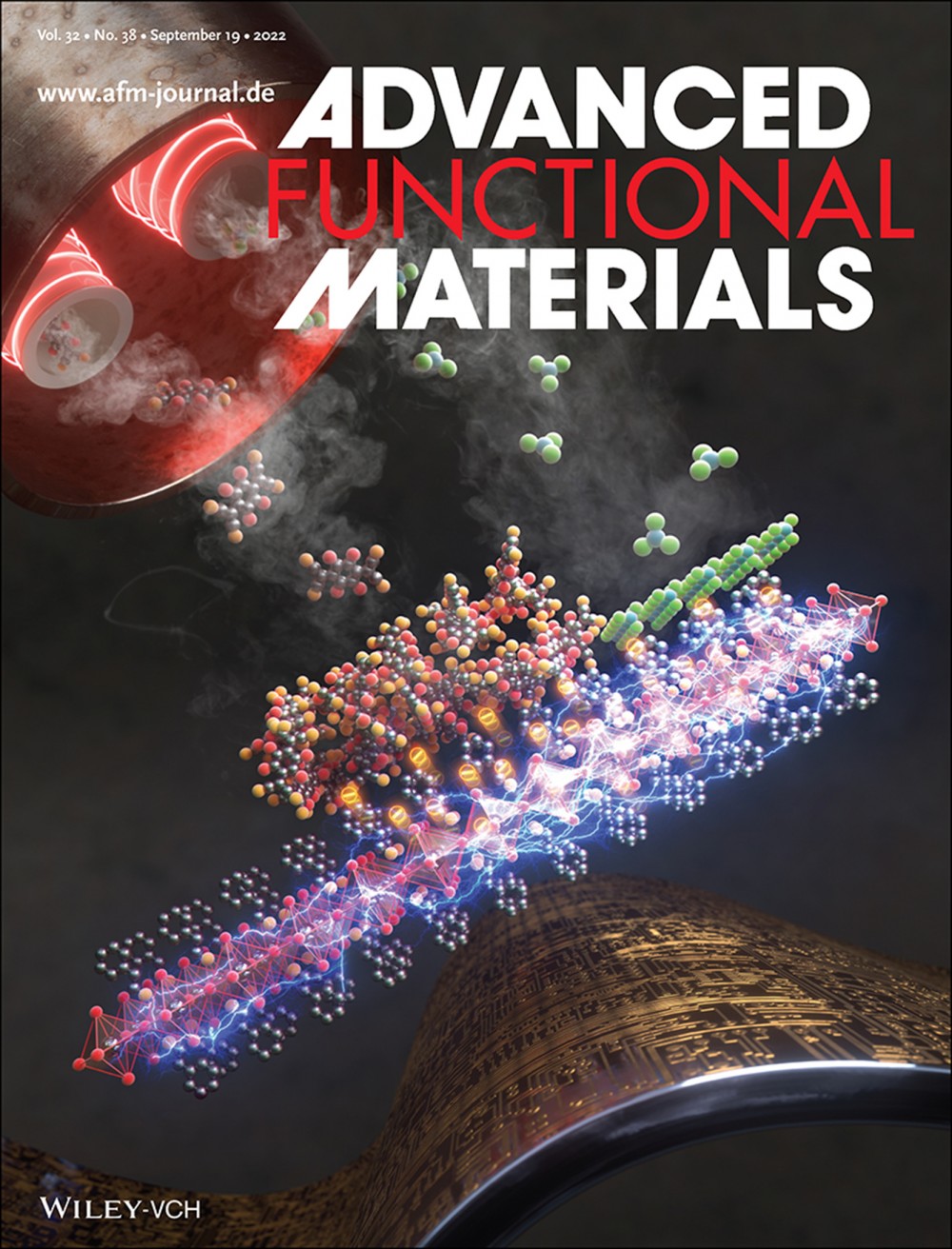
연구
Research Outcome
미래를 창조하는 포스텍 화학공학과
Molecular Doping Enabling Mobility Boosting of 2D Sn2+-Based Perovskites
- Title of paper
- Molecular Doping Enabling Mobility Boosting of 2D Sn2+-Based Perovskites
- Author
- [노용영교수 연구실] 분자도핑을 통한 2차원 주석기반 페로브스카이트의 이동도 상승
- Publication in journal
- Adv. Funct. Mater. 2022, 32, 2204870.
- Publication date
- 20220624
[Abstract]
2D metal halide perovskites are attracting great interest for their diverse applications owing to their intrinsic superior stability compared to their 3D counterparts; however, their device performance is limited by insufficient charge transport because of the insulating bulky organic ligands. Electrical doping is a direct and efficient method for improving the electrical properties of emerging semiconductors; however, its feasibility and mechanism remain elusive in metal halide perovskites. To clarify this issue, in this study, diverse organic/inorganic molecules are deposited on a typical phenylethyl ammonium tin iodide ((PEA)2SnI4) perovskite by constructing a heterojunction. In addition, the variations in the electrical performance of the perovskite semiconductor are monitored. The low work function of the dopant molecules enables the spontaneous electron transfer from the perovskite, resulting in the p-doping effect on the perovskite host, which is verified by a series of characterization methods. The efficient charge transfer without deterioration of the perovskite microstructure improves the Hall mobility up to 100 cm2 V−1 s−1. Therefore, this work demonstrates the high doping efficiency of halide perovskites using a simple molecular charge transfer approach and provides a new opportunity for employing 2D perovskites in high-efficiency optoelectronic devices.
LINK: https://onlinelibrary.wiley.com/doi/10.1002/adfm.202204870




